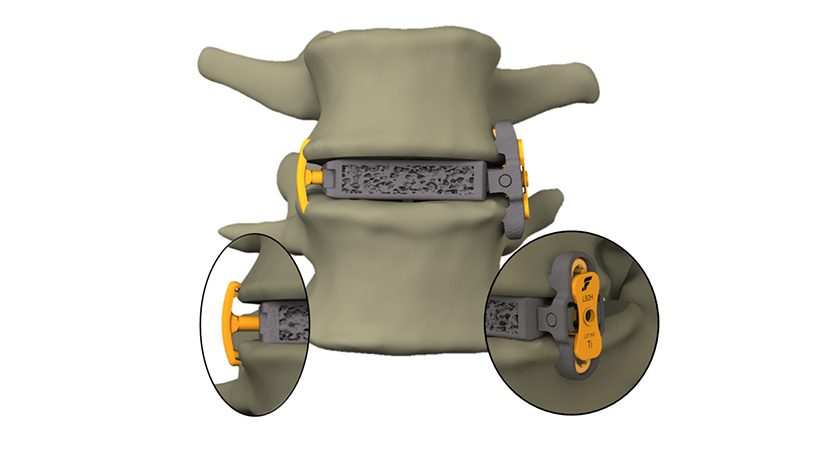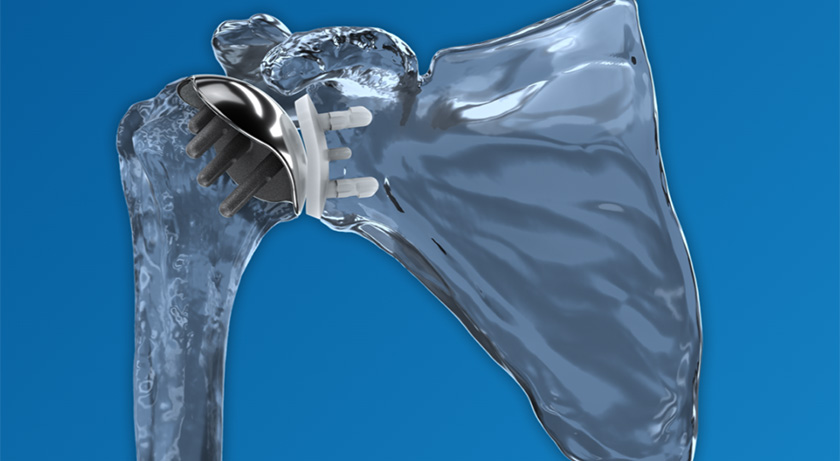
Share on:
Results from a U.S. government agency report summarize data on average length of stay, patient characteristics, discharges, etc. Highlights include:
- In the U.S. in 2009, knee, hip and shoulder replacement and lumbar fusion procedures accounted for 98% of Medicare’s orthopaedic implantable device expenditures.
- Between 2003 and 2009, admission rates for knee replacement rose at an average annual increase of 6.7%; for hips, 4.1%; for shoulder replacement, 20.1% and for lumbar fusion, 11%. During that time, the proportion of lumbar fusions performed with a bone morphogenetic protein increased from ~7% to 40% of all lumbar fusions.
- Average length of stay for orthopaedic implant recipients decreased between 2003 and 2009 for beneficiaries in all reported health status groups. For instance, LoS for knee replacement fell 2.8% per year, representing a reduction of 64 days per 100 hospital admissions.
- From 2004 to 2009, Medicare hospital expenditures related to orthopaedic implantable medical devices increased 8.1% per year.
REFERENCE
Government Accountability Report GAO-12-583R, Implantable Medical Devices, released 6/2012. www.gao.gov/assets/600/590816.pdf.
RELATED ARTICLES
FDA 510(k) Recap: Clearances in Spine, Sports Medicine and Obio
Sep 03 2025 , Julie A. Vetalice
Full Commercial Release of Catalyst OrthoScience Fracture Shoulder
Aug 13 2025 , Julie A. Vetalice




